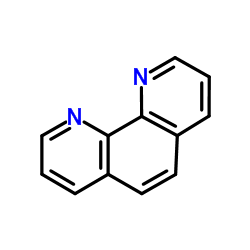| Structure | Name/CAS No. | Articles |
|---|---|---|
 |
Methanol
CAS:67-56-1 |
|
 |
o-Phenanthroline monohydrate
CAS:5144-89-8 |